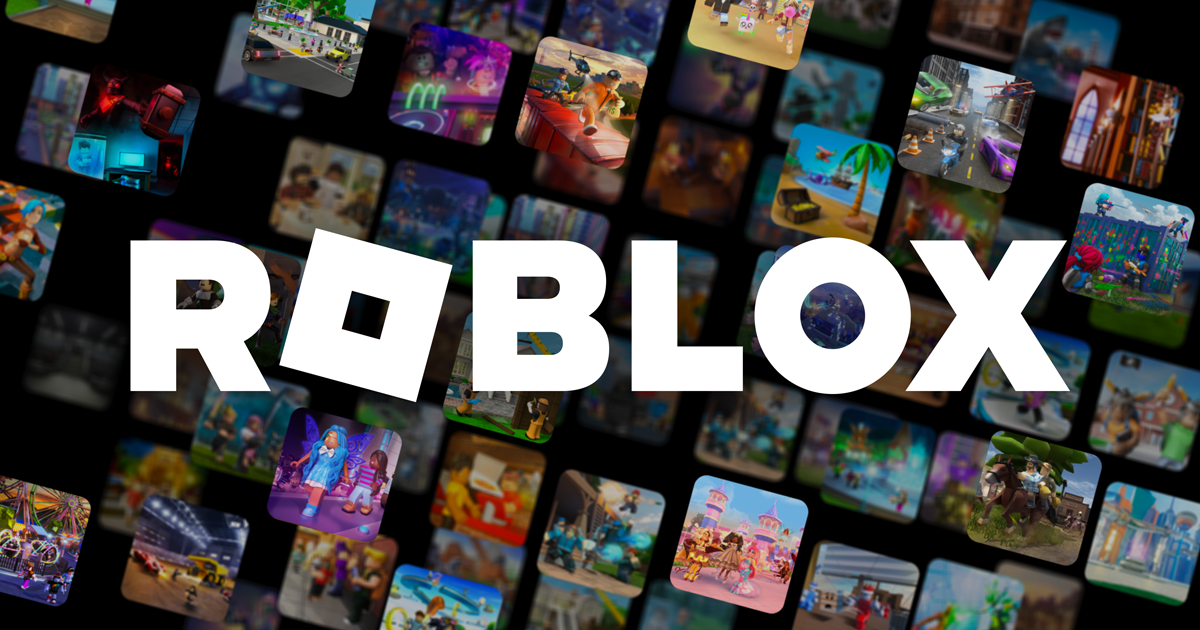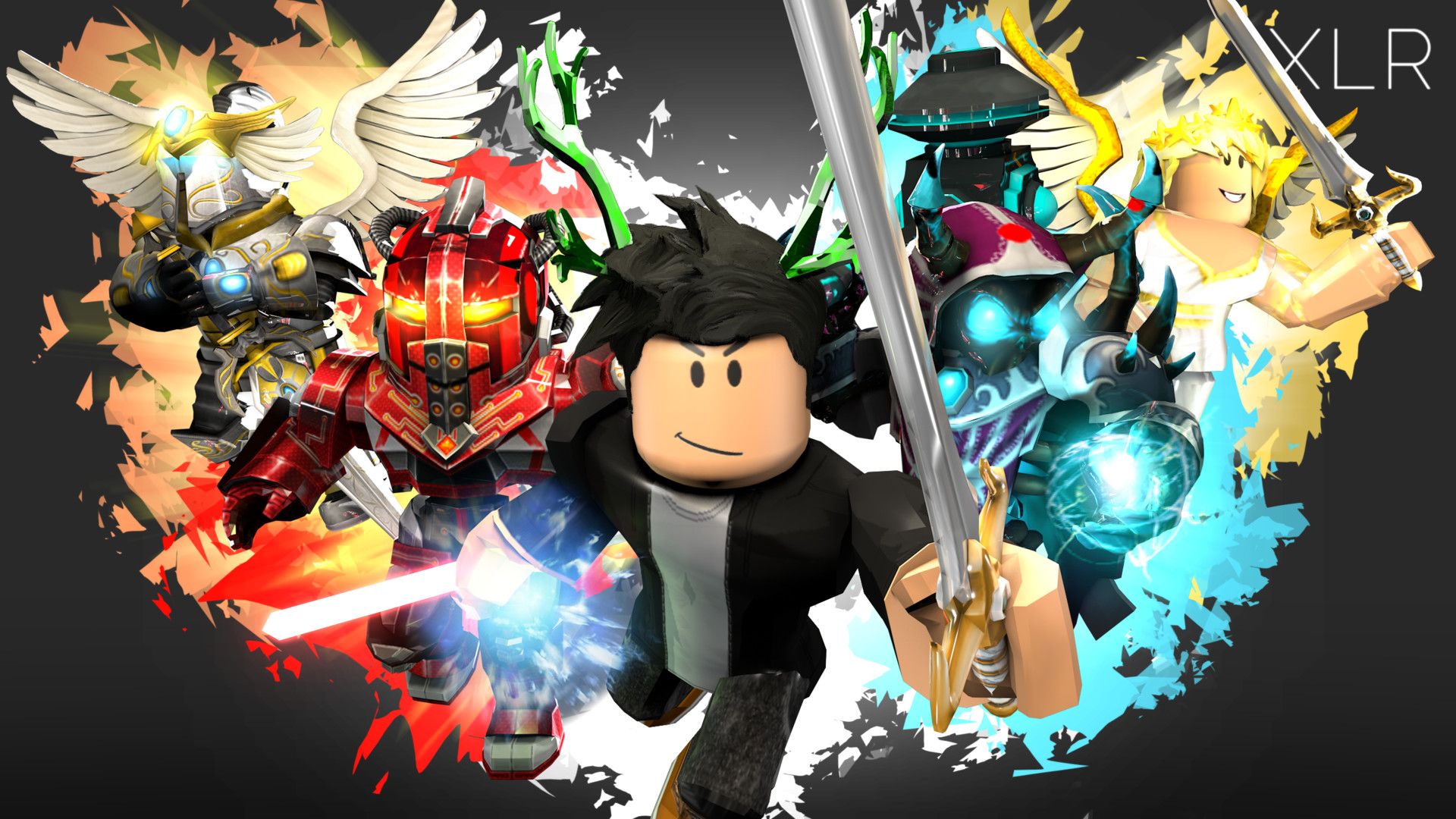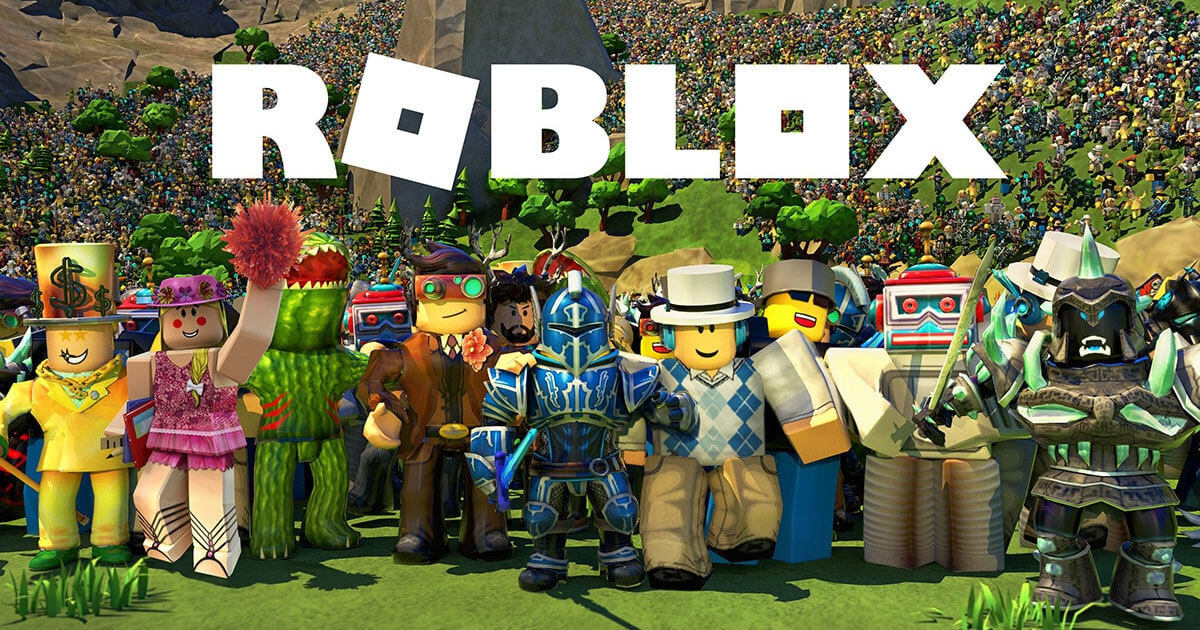Rediscovering The Roblox Stud: Bringing Back That Classic Vibe
Have you ever played a Roblox experience and just felt that something was missing, that classic touch, perhaps? For many, that feeling comes from the distinct look of the Roblox stud. It's a visual element that, in a way, defines an era of creation on the platform. It's also, arguably, Roblox's most used measurement of length, a fundamental unit that helps shape everything in your virtual world.
However, it seems, in recent times, getting those familiar studs, or even other surfaces like inlets or welds, onto your parts isn't as straightforward as it once was. You see, Roblox made a big decision to remove surfaces, which means newly added parts simply won't have that surface property anymore. This change, naturally, left many creators wondering what to do, especially if they wanted to bring back that beloved retro feel.
So, if you've been wondering how to get those studs back, or perhaps just understand what they even mean in terms of size, you've come to the right place. We're going to explore what a Roblox stud is, why it changed, and most importantly, how you can still give your creations that very classic Roblox vibe, even now.
Table of Contents
- What Exactly is a Roblox Stud?
- The Big Change: When Surfaces Vanished
- How Big is a Stud, Really? Unpacking the Measurements
- Bringing Back the Classic Stud Look
- Studs in the Roblox Community and Games
- Frequently Asked Questions About Roblox Studs
- A Look Back and Forward
What Exactly is a Roblox Stud?
A Roblox stud is, in a way, a fundamental unit of length within the Roblox Studio environment. It's also, you know, a distinct visual texture that used to appear on the surfaces of parts. This texture often had little bumps, like LEGO bricks, which gave parts a certain kind of look and feel. It was, basically, a visual indicator of connection points or just a general surface style.
For a long time, creators could simply change a part's surface property in the properties window to studs, or other options like inlets or universal. This was a very straightforward process, making it easy to apply that specific visual element to any part you created. It really was, in some respects, a signature look for many experiences.
Beyond its visual aspect, the stud serves as a key measurement. It's the most used measurement of length within Roblox, which means when you're building, you're often thinking in terms of studs. This is pretty important for making sure your creations are, like, proportionally correct within the game world.
The Big Change: When Surfaces Vanished
The solution that many people used to rely on for adding studs, unfortunately, is now false. Roblox decided it would be such a great idea to remove surfaces for some reason. This means that if you add a new part into your game today, it simply will not have the surface property available to change. This was, in a way, a rather big shift for creators who were used to the old methods.
This change presented a bit of an issue for those who wanted to put studs on a part, or use inlets or other classic surfaces. The property just isn't there in the properties window for newly added parts. So, many people were left wondering, you know, what solutions have you tried so far, because the old way just wasn't an option anymore.
The removal of this property meant that the classic Roblox vibe, so easily achieved before, became a bit more challenging to restore. It’s almost like a piece of the platform's history was, in a way, put aside, prompting the community to find new ways to bring back that familiar look and feel to their creations. It really did change how some people approached building.
How Big is a Stud, Really? Unpacking the Measurements
One of the most common questions people have is about the actual size of a Roblox stud. It's a unit, yes, but what does it equal in real-world measurements? This is pretty important if you need objects to be proportional to real life measurements, such as floor size and player height. Getting these conversions right can, in a way, make your experiences feel much more grounded.
Understanding Conversions for Real-World Proportions
There are a few different figures floating around when it comes to stud conversions, and it's rather interesting to see the variations. According to one post, it states that 1 stud is approximately equal to 0.28 metres, which, you know, comes out to 280mm. Someone even used this conversion to import a model into their game, based on a Fusion 360 screenshot, which is pretty cool.
However, there's another perspective, especially when thinking about human height calculations. According to this, the stud is about 33.69 cm, which is 336.9 mm or even 336,900 μm. In US standard measurements, that is about 1 foot, 1 and 1/4 inches. This difference is something to consider when you're trying to match real-world sizes.
Then there's another set of figures. One source implies that 1 stud is approximately 0.001 meters, which seems quite small compared to the others. And using the imperial system, it suggests 1 stud is roughly 0.039370079 inches. This was, apparently, used to confirm something by importing it, so it's another data point to keep in mind when you're trying to get your sizes just right. It's almost like there are different ways people have tried to figure this out.
To change the stud size in Roblox Studio, you typically click on the part you want to adjust. Then, in the properties window, you change the X, Y, and Z sizes to your calculated real-world dimensions. This is how you make sure your parts are the right size, especially if you're working with specific measurements for things like a floor or a character. It's a pretty direct way to control scale.
The Stud as a Measurement Standard
Regardless of the exact real-world conversion you choose to use, the stud remains Roblox's most used measurement of length. It's the standard for building, for character movement, and for placing objects within the game environment. This consistency, in a way, helps maintain a cohesive scale across different experiences, even if the exact real-world equivalent can be debated.
You can even find online tools to convert Roblox studs to centimeters or feet, which is pretty useful for creators who work with external design software or need to translate measurements for specific projects. These tools, you know, make it easier to manage proportions and ensure everything fits together as intended. It’s a very practical thing for many creators.
Bringing Back the Classic Stud Look
Even though Roblox removed the direct surface property, there are still ways to give your experiences that classic Roblox vibe by restoring the ability to apply and convert surfaces to studs and more on your parts, models, meshes, and unions. It just takes a little different approach than before, but it's totally possible to get that look back.
Using Plugins and Community Tools
One popular way to bring back those classic surfaces is through community-made plugins. For instance, there's a tool called `Resurface` by `@cxmeels`. This plugin, as of October 2024, only includes 2022 material versions, but it's a great step towards getting those familiar textures back. It's a pretty direct way to handle things, you know, without too much fuss.
Some creators have also made their own sets of HD materials from scratch. These often replace or supplement the old Roblox stud, inlet, and universal surfaces. They can include things like normal maps and diffuse maps, which help create a very detailed and authentic look. This shows, in a way, the dedication of the community to preserving that classic aesthetic.
There's also a plugin that someone made that does unit conversions fast and easy. While not directly for applying textures, it's incredibly useful if you need objects to be proportional to real-life measurements, like a floor size or a player character. This tool, you know, helps bridge the gap between real-world design and Roblox's unique measurement system, which is very helpful.
Manual Sizing and Custom Textures
Beyond plugins, you can, of course, manually adjust the size of your parts to reflect stud measurements. As mentioned earlier, you simply click on the part and, in the properties window, change the X, Y, Z sizes to your calculated real-world dimensions. This method gives you complete control over the scale and proportion of your creations, which is pretty powerful.
For those who really want to add old stud textures, there are video tutorials available. One video shows you how to get old stud textures on Roblox Studio to achieve that classic Roblox style. It explains how to get both the old Roblox studs and the normal classic ones. These visual guides are, in a way, incredibly helpful for creators who prefer to follow along step-by-step.
Restoring the Vibe Across Your Creations
The goal, for many, is to give their experiences a classic Roblox vibe. This means restoring the ability to apply and convert surfaces to studs, and other types too, on various elements. You can apply these restored surfaces not just to simple parts, but also to models, meshes, and unions. This versatility means you can truly transform the look of your entire build, which is very cool.
Whether you use a plugin like `Resurface` or custom HD materials, the aim is the same: to bring back that familiar, nostalgic feel. Credits often go to talented creators for their models and tools, like `@rhysrhysrhysrhysrhyz` for a specific model mentioned. It's a community effort, you know, to keep that classic style alive and accessible for everyone who loves it.
Studs in the Roblox Community and Games
The concept of the stud isn't just about building; it's deeply woven into the Roblox community and its games. You can see its influence everywhere, from game design to player interactions. For instance, someone got the owner's custom style in Roblox Basketball Zero, which might involve how parts or characters are scaled using studs.
Studs also feature prominently in various popular games. There are, for example, "hours of stud videos" available for games like "Roblox The Strongest Battlegrounds," which shows how central this unit of measurement is to gameplay mechanics and visual style in some experiences. It's almost like a common language for scale in many games.
Then there's "Stud Tower Defense," a Roblox game that offers a final showdown of humanity. People are always checking for new codes for it, like on August 1, 2025. This shows how the term "stud" is even part of game titles, indicating its significance within the platform's culture and game types. It's a very recognizable term, you know.
The community itself embraces the stud. You have YouTube channels, like the one run by "just two brothers sharing fun Roblox gameplay and more." There's also a community based around the Goobers YouTube channel, where they host events, do some gaming, and even film videos. They encourage people to join if they love Roblox, and discussions about building and scale, which includes studs, are probably common there.
Even avatar customization can involve the stud. You can customize your avatar with "the stud" and millions of other items, mixing and matching to create a unique look. This shows how the concept has moved beyond just building blocks to become a part of personal expression within the Roblox universe. It's pretty neat, actually.
And for those getting started, understanding studs is part of the journey of learning Roblox Studio. The process explains how to install Roblox Studio on your system, and from there, you begin to interact with parts and their properties, including their dimensions in studs. It's a foundational piece of knowledge for any aspiring creator, you know.
Frequently Asked Questions About Roblox Studs
Here are some common questions people often ask about Roblox studs:
What is the issue with putting studs on a part now?
Well, the main issue is that Roblox decided to remove the surface property from newly added parts. This means you can't just go into the properties window and select "studs" anymore, which used to be the straightforward way to do it. So, it's a bit different now, you know, and requires other methods.
Does anyone know what 1 stud equals in meters?
It's a question many people have looked all over for! According to some information, 1 stud is approximately 0.28 meters, which is 280mm. However, there are also calculations based on human height that suggest 1 stud is about 33.69 cm, which is 0.3369 meters. So, it depends a little on which calculation you're looking at, apparently.
How can I get old stud textures on Roblox Studio?
You can get those classic textures back in a few ways. Some creators use community-made plugins, like `Resurface` by `@cxmeels`, which helps restore these materials. Others might use custom-created HD materials that include normal and diffuse maps. There are also video tutorials that show you how to add old stud textures to get that classic style, which is very helpful.
A Look Back and Forward
The Roblox stud, as we've seen, is more than just a visual texture or a unit of measurement; it's a piece of Roblox's history and a vital part of its creative community. Even with the changes, like the removal of the surface property, the desire to restore that classic vibe remains strong. Community efforts, through plugins, custom materials, and shared knowledge, are really keeping that spirit alive, which is pretty cool.
Whether you're building to real-world proportions, making a classic-style game, or just customizing your avatar, understanding the Roblox stud and its journey is pretty helpful. It's a testament to the platform's ability to adapt and its community's ingenuity. You can always learn more about building on our site, and perhaps explore more about how parts interact in Roblox to further your creative adventures.

Roblox

Roblox Desktop Wallpapers - Wallpaper Cave

Roblox